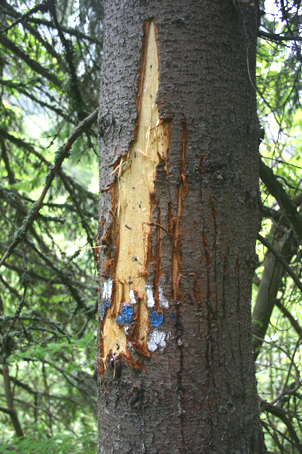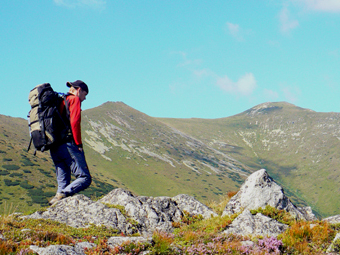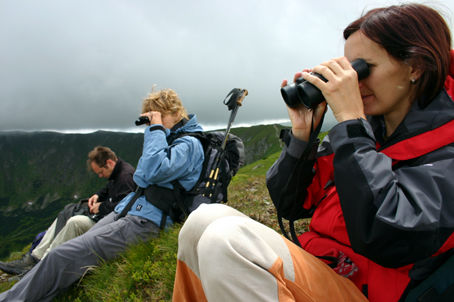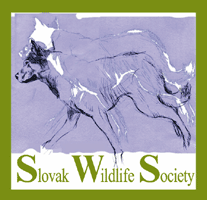

Hikers and tourists
The thought of a close encounter with a bear brings up goose bumps in most of us who love spending time in nature. This is understandable: it is the largest predator living in our country.  Any encounter with a bear carries a certain level of risk, but generally it is much less than most people think. Of the millions of people who live, work or holiday in Slovak mountains, an average of around three are injured by bears per year, mostly by bears that were reacting defensively. We are not aware of any single case of a predatory attack (when a bear considers a person to be prey).
Any encounter with a bear carries a certain level of risk, but generally it is much less than most people think. Of the millions of people who live, work or holiday in Slovak mountains, an average of around three are injured by bears per year, mostly by bears that were reacting defensively. We are not aware of any single case of a predatory attack (when a bear considers a person to be prey).
If you only use marked walking routes, the chance of encountering a bear is relatively low, but does exist. Most bears avoid areas or times of frequent human use. However, forest tracks and paths also offer bears an easier travel route and so they sometimes use them. They mostly do so at night, in the early morning or evening, so if you are among the first or last out, the chance of meeting a bear is greater. Refuse left at firepits or rest stops attracts bears as well as other animals. At other times bears need to cross ridges or valleys where there are hiking routes.  In some localities, hunters leave food for game animals (some of it also attractive to bears) too close to footpaths. Be careful, also, around natural food sources (raspberries, bilberries, etc.).
In some localities, hunters leave food for game animals (some of it also attractive to bears) too close to footpaths. Be careful, also, around natural food sources (raspberries, bilberries, etc.).
Bears will usually avoid you if they know you are there, but they might not always notice you, for example in dense vegetation, in mist or fog, near running water, or if you are walking into the wind. You should then give advance warning of your presence by talking loudly, singing, whistling, clapping or otherwise. "Bear bells" are available, which are attached to rucksacks or clothing, but they may not always be adequate. If you keep in a group, a bear has a better chance of noticing you and moving away.
If you see a bear which does not know you are there or is far away, quietly move away. Even if a bear knows you are there, it will usually leave.  The best thing you can do if the bear moves away is leave the area. If you have to continue, give the bear enough time and then proceed cautiously, be vigilant and make some noise.
The best thing you can do if the bear moves away is leave the area. If you have to continue, give the bear enough time and then proceed cautiously, be vigilant and make some noise.
Perhaps it is a paradox, but for many people there is more chance of encountering a bear near a hotel or cottage than on a hike. The smells of food and refuse are strong attractants for bears and other animals, which sometimes seek food around human settlement, especially near forest. Seeing bears eating might be a nice experience and often leads people to try to feed them, with the intention of seeing them closer or taking photographs. But such bears are not tame and their behaviour can change to aggression: people have been injured by bears that got used to expecting food from people and lost their wariness. That's why you should never approach or feed bears, even if they appear calm.



